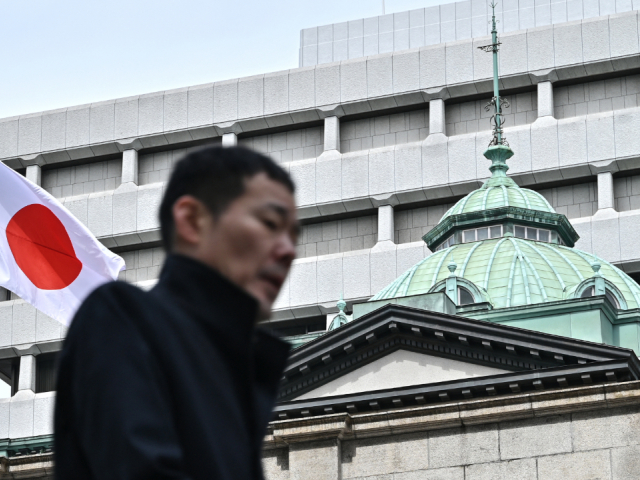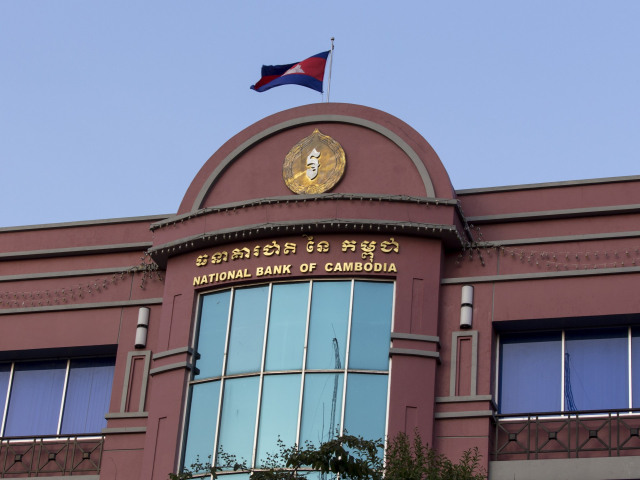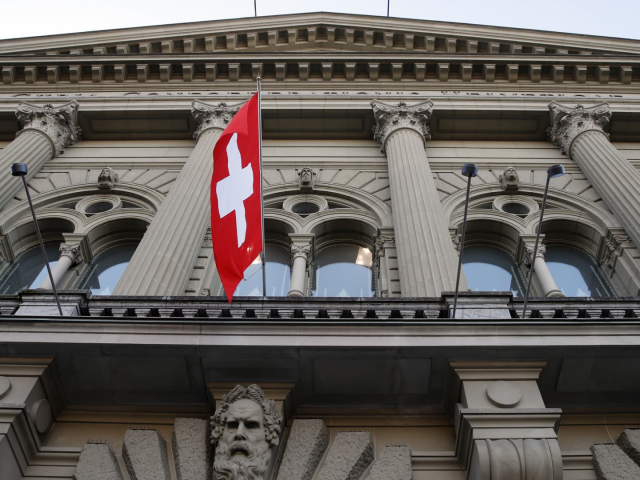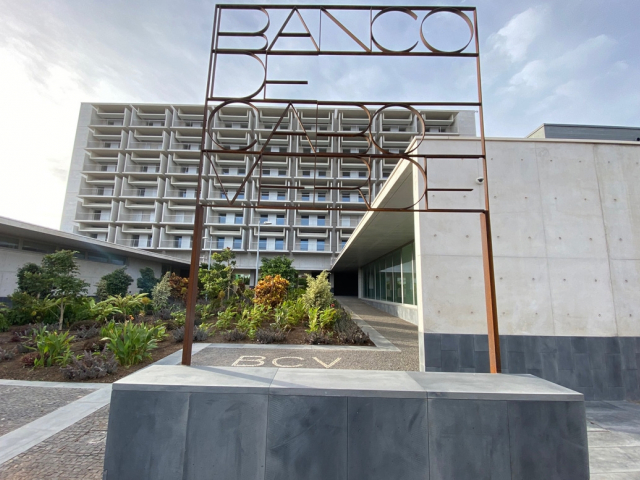
Fiji
This Pacific island nation boasts some of the lowest interest rates globally. In mid-2020, the Reserve Bank of Fiji slashed its policy rate to 0.25% in response to the economic fallout from the COVID-19 pandemic. The central bank aimed to stimulate domestic demand and revive the economy heavily reliant on tourism, which had been hit hard by the pandemic.

Japan
In 2024, Japan raised its benchmark interest rate from negative territory to 0.25% for the first time in many years. The Bank of Japan made such a decision to counter rising inflation risks. For years, Japan had kept interest rates below zero to stimulate economic growth and boost inflation, but emerging from deflation forced the regulator to shift its policy towards tightening.

Cambodia
Interest rates in Cambodia are currently at 0.87%. The country adopted a dovish stance in the spring of 2021, slashing rates to a record low of 0.5%. The central bank aimed to support the banking sector and stimulate pandemic-affected economic growth. As for short-term plans, the Cambodian regulator intends to keep interest rates low to further boost the economy.

Switzerland
Switzerland’s regulator set its benchmark rate at 1.25% in June 2024, down from 1.5%. The Swiss National Bank made this move in response to stable inflation, which fell to 1.4%. The key objective behind monetary policy easing was to fuel economic expansion amid sluggish growth across both industrial and services sectors. Now the bank is considering cutting borrowing costs further to 1% by the end of 2024.

Cape Verde
In 2021, the central bank of Cape Verde lowered its interest rate from 1% to 0.25% to bolster domestic demand and mitigate the economic crisis triggered by the COVID-19 pandemic. The policy rate remained low for several years. However, it has been gradually increasing since 2023, reaching 1.5% in September 2024.
 Deutsch
Deutsch 
 Русский
Русский English
English Bahasa Indonesia
Bahasa Indonesia Bahasa Malay
Bahasa Malay ไทย
ไทย Español
Español Български
Български Français
Français Tiếng Việt
Tiếng Việt 中文
中文 বাংলা
বাংলা हिन्दी
हिन्दी Čeština
Čeština Українська
Українська Română
Română
